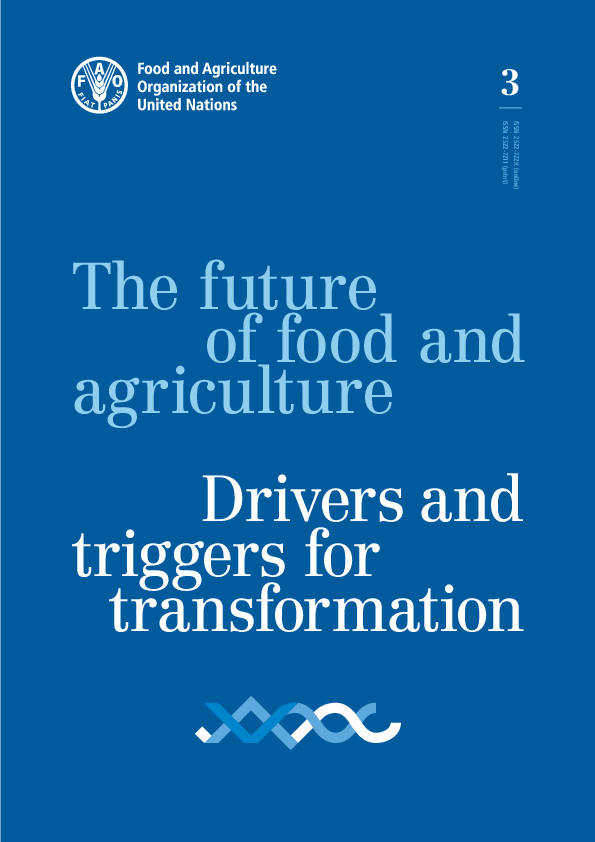 Read this article in French
Read this article in French- Share this article
- Subscribe to our newsletter
The future of food and agriculture
A new mindset is urgently needed that prioritises long-term objectives, sustainability and resilience, according to a new report. The future of food and agriculture – Drivers and triggers for transformation was published by the Food and Agriculture Organization of the United Nations (FAO) in December 2022.
The world’s ability to feed its rapidly growing population is under threat and without broader socioeconomic and environmental change, sustainable agrifood systems will be impossible to achieve, the authors warn. The report urges decision makers to think beyond short-term needs, warning that a lack of vision, piecemeal approaches and ‘quick fixes’ will come at a high cost for everyone.
Performance drivers of agrifood systems
The report identifies 18 interconnected socioeconomic and environmental forces, or ‘drivers’, and analyses how they interact and shape the various activities occurring within agrifood systems, including farming, food processing, and food consumption.
Poverty and inequalities, geopolitical instability, scarcity and the degradation of resources, and climate change are some of the key drivers, and how they are managed will determine what the future of food looks like.
If agrifood systems remain on their current paths, the evidence points to a future of persistent food insecurity, degrading resources and unsustainable economic growth, the report cautions.
Four future scenarios
The report illustrates four future scenarios for agrifood systems that bring diverse outcomes in terms of food security, nutrition and overall sustainability: ‘More of the same’, which sees us continuing to muddle through by reacting to events and crises; ‘Adjusted future’, where some moves are made towards sustainable agrifood systems but at a slow, uncertain pace; ‘Race to the bottom’ – here the world is in disarray and the worst version of itself; and ‘Trading off for sustainability’, where short-term gross domestic product (GDP) growth is traded off in favour of the inclusiveness, resilience and sustainability of agrifood, socioeconomic and environmental systems.
Four key triggers for transformation
To increase the chances of creating a more sustainable and resilient future for agrifood systems, the report stresses that we must change course urgently. To achieve this, it proposes four key “triggers of transformation”: improved governance, critical and informed consumers, better income and wealth distribution, and innovative technologies and approaches.
By 2050, there will be 10 billion people in the world to feed, and this will be an unprecedented challenge if significant attempts are not made to reverse current trends. The report points out that the world is ‘tremendously off track’ to meet the SDGs, including agrifood targets. But, while there are reasons to be pessimistic, the report is cautiously optimistic that if governments, consumers, businesses, academia and the international community act now, long-term sustainable change is still possible.
(FAO/ile)
Read more on the FAO website





Add a comment
Be the First to Comment